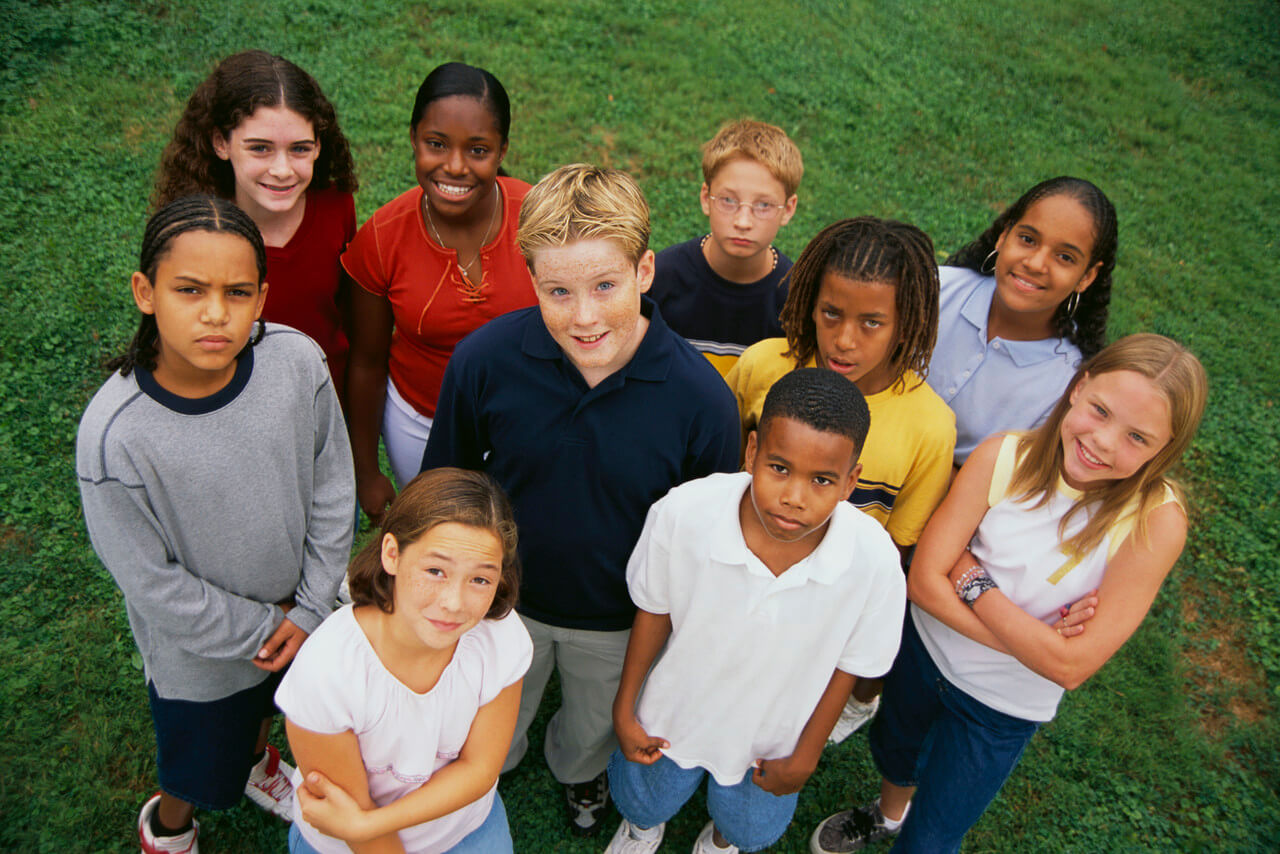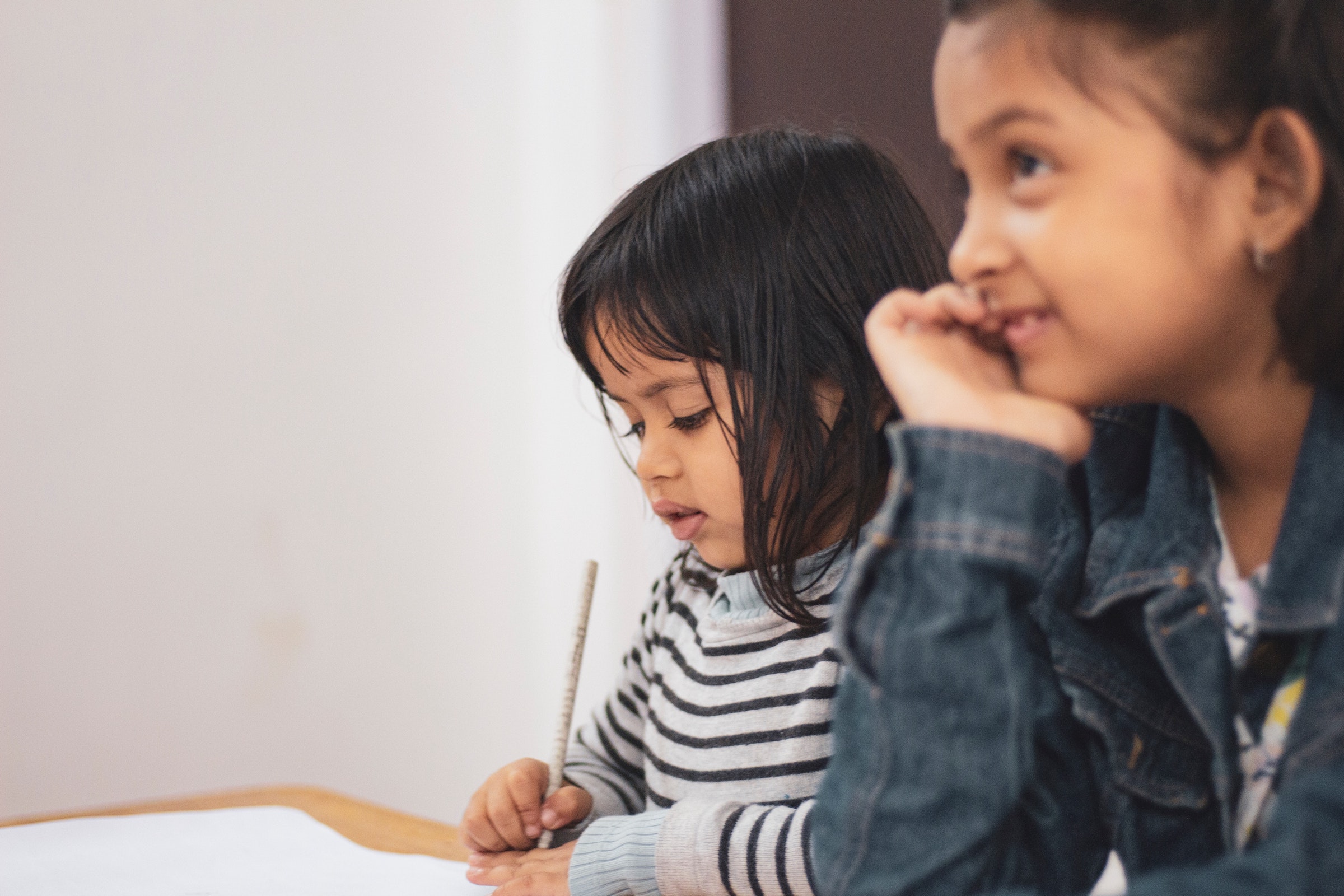
by Victor Jung | Dec 13, 2022 | Charity, Coding, MiniCoders, Parenting, Udemy, Victor Jung
Who invented the Python coding language? Python is a popular programming language that Guido van Rossum created. Van Rossum began working on Python in the late 1980s, and the first version of the language was released in 1991. Python is named after the British comedy...
by Victor Jung | Feb 26, 2020 | Philanthropy
The Children’s Heart Surgery Fund got its start thanks to a single visionary heart surgeon in 1988. Duncan Walker, a congenital cardiac surgeon in Leeds, realized that his facility was missing out on opportunities to save the lives of infants and children....

by Victor Jung | Feb 6, 2020 | Charity
If you’ve ever lent a hand to a charity in the global fight for literacy, you’ll be glad to know that literacy rates have risen in recent years. Literacy programs and charity organizations have a huge role in this! However, literacy rates are still below par in many...
by Victor Jung | Aug 6, 2019 | Charity
Many young migrant children are currently enduring awful conditions at the United States border amidst heated discussions on our country’s immigration policies. The nightly news has well documented the overcrowding, unsanitary environments, and abuse these children...
by Victor Jung | Jul 12, 2019 | Charity
With the decline in donations to charitable causes in recent years, the idea of engaging children in humanitarian acts in meaningful ways promises to provide adult donors in the future. Having been involved in charitable acts as children, these donors will understand...



